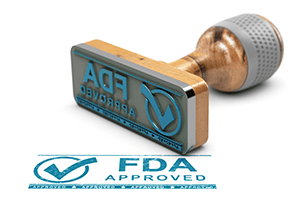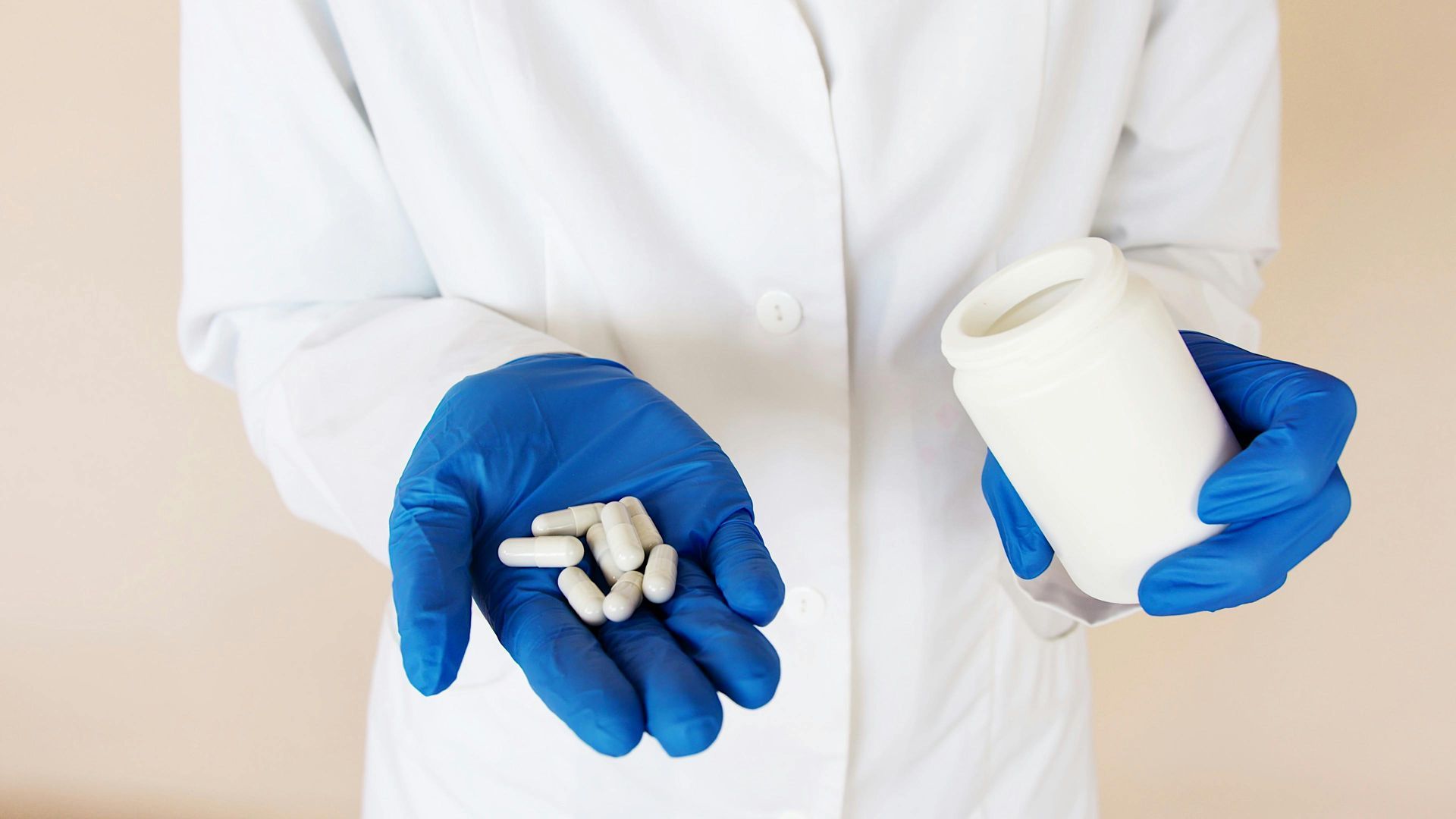The Different Types of FDA Inspections: What You Need to Know
This article was updated on February 20, 2023
How the FDA Conducts Risk-Based Inspections
Are your facility’s manufacturing processes compliant with the Food and Drug Administration’s (FDA's) current guidelines? Given how strict the FDA is when it comes to the health and safety of consumers, regulatory compliance is an essential consideration of any pharmaceutical, biotech, and medical device company.
But is your organization familiar with the FDA’s risk-based inspection model? And do you know how the agency handles inspections out in the field, how it chooses facilities to inspect, and how its regulations compare to those of other countries?

How Do FDA Inspections Work?
Any medical organization that manufactures or handles medical devices, pharmaceuticals, or any other products under the control of the Food and Drug Administration should expect the regulatory agency’s inspections to verify compliance. Likewise, any foreign manufacturer looking to operate within the United States must have FDA approval.
The FDA first implemented the risk-based approach in 2005 as part of its “Pharmaceutical Quality for the 21st Century, A Risk-Based Approach” initiative. The agency later increased the minimum inspection interval for domestic drug establishments in 2012.
The risk-based inspection program aims to:
- Verify that manufacturers are maintaining compliance with current good manufacturing practices (cGMP). If a company commits a violation, it must prove that dangerous products are not entering the market.
- Provide valuable feedback during the inspection process.
- Improve current drug manufacturing processes and update CGMP requirements, regulations, and guidance.
How Does the FDA Select Facilities to Inspect?
Based on current guidelines, the FDA prioritizes high-risk sites. The Site Selection Model (SSM) is an inspection list generated by the Office of Pharmaceutical Quality.
The Office of Regulatory Affairs determines the annual capacity. It also helps the FDA analyze regulated products and review imported pharmaceuticals that enter the United States, hence the demand for Office of Regulatory Affairs certification.
But how does the FDA assess an individual company’s risk level? It starts by looking at important risk factors:
- General compliance history
- History of product recalls
- Overall risk of the drugs and medicines the company manufactures
- Frequency of the regulatory inspections in the past
- Whether the facility underwent an inspection by a foreign government agency as per section 809.
The FDA also scans for other extenuating circumstances that could generate additional risk and may warrant an inspection as a result.
Current good manufacturing practices (cGMPs) are the regulations that ensure manufacturing facilities design their workflows and maintain their equipment with proper quality control in mind.
The FDA uses cGMPs indirectly to boost the strength, purity, and safety of medicinal products. Facilities that follow cGMP recommendations have mechanisms to prevent deviations, contamination, and other errors. The term “current” refers to how safety standards change over time.
A company might obtain a cGMP certification through careful quality control practices, vendor management, and reliable testing. cGMP is also fairly flexible, as companies themselves choose how they want to adhere to the recommendations.
Why Do cGMPs Matter?
End users of a drug cannot detect whether it’s safe just by looking at it. As part of its effort to ensure public safety, the FDA designed cGMP to go beyond just testing the final product. It instead digs deep into the drug development process, and how the company made the product and whether the manufacturing conditions are capable of producing high-quality, safe pharmaceuticals.
What Are the Consequences for Failing to Adhere to cGMPs?
The FDA uses inspections to check for cGMP compliance. Highly-trained inspectors visit the sites of any facility involved in production, from the active ingredient manufacturers to the companies that produce the final product.
The FDA considers products created in a non-compliant facility as “adulterated.” This designation does not guarantee that the product is unsafe but merely that the conditions from which it originated are risky. Consumers may choose to continue their drug therapies regardless, as interrupting such therapies could pose a health risk.
The penalty for failing to adhere to cGMP varies depending on the nature of the violation:
- The business may voluntarily recall a drug under the FDA’s request. If it refuses, the FDA may seize the pharmaceutical and issue a public warning.
- The FDA may bring a seizure or injunction case to court.
- Criminal charges may be necessary in extreme cases, involving fines and sentencing.
- The company must set up new policies to improve its compliance posture, such as better sanitation, additional testing, or employee training.
In all cases, the intention of cGMP sanctions is to prevent potentially unsafe drugs from entering the consumer market.
How Do Risk-Based Inspections Work in Practice?
To ensure a GMP-compliant environment, pharmaceutical facilities must prepare for risk-based inspections.
Government agencies use the Quality Risk Management methodology to assign risk ratings to individual manufacturers. Depending on that risk rating, it will determine a frequency for routine inspections. Risk refers to either intrinsic risk (the complexity of its operations and the importance of its product output) or compliance risk (the company’s general GMP stature).
Inspection scope and duration depend on other factors, such as whether previous inspections suffered from crucial deficiencies.
What Are the Types of FDA Inspections?
- Pre-approval. This inspection is for new products companies submit to the FDA for initial approval. After receiving the application, the inspection verifies the validity of the information presented in the application. The inspectors also will confirm the capability of the facility to manufacture the drug or device. The inspectors then decide on whether the facility passes FDA approval.
- Routine. For class II and class II device manufacturers, routine inspections are required by law every 2 years. This inspection follows the methodology known as the Quality System Inspection Technique (QSIT). QSIT breaks down the processing procedure into 4 subsystems. Inspectors then investigate any combination of the subsystems depending on risk-level whether the inspection is initial or a subsequent routine one.
- Compliance follow-up. The FDA conducts follow-up inspections in response to the findings of a previous inspection. Follow-ups look at whether the facility completed the requested actions the agency had recommended. These inspections will be necessary if an earlier inspection led to a Warning Letter or a completed 483 Form. The 483 Form documents concerns found during an inspection and communicates them to the manufacturer. The follow-up inspection will verify compliance or give support for further regulatory action if the facility failed to acknowledge previous recommendations.
- For cause. The FDA will trigger a “for cause” inspection if it receives a report about a facility’s products or services. These reports may come from the manufacturer itself in the form of a product recall or from an end user filing a complaint. For cause inspections focus mainly on the specific issue mentioned, though their findings could prompt additional inspections into other parts of the operation.
How the FDA’s Risk-Based Inspection Model Compares Internationally
The FDA and its analogous agency in the European Union, the EMA, have significantly different approaches to ensuring the safety and efficacy of drugs and pharmaceuticals.
- Centralization. The FDA functions as the U.S.’s centralized governing body, whereas individual countries in the EU must synchronize their regulations.
- Intention. The FDA began as an agency for consumer protection, while the EU intended to harmonize commercial interests across the countries.
- Speed. Drug review is shorter at the FDA than at the EMA. A shorter time-to-market reduces the cost of pharmaceuticals and improves outcomes for patients but also shortens the amount of time regulators have to consider a drug.
- Transparency. The FDA allows non-published trial data to be viewable online, while the EMA does not, considering such data as “commercially sensitive.”
- Approval process. The FDA primarily has a single approval process for drugs post-clinical trial. European approval may involve 4 different paths depending on the nature of the final product.
In the EU, a drug may go through the EMA directly for approval or it may go through each EU state individually. Mutual approval is also an option, where a single approval in one EU state is recognized mutually across all states. Finally, a drug company may submit applications for multiple EU states at once.
The general idea is that the FDA is a centralized governing body with overarching regulations, while the EMA is a network of multiple national bodies across its member states. There are unique challenges to both approaches.
Navigating the Complex Landscape of Risk-Based Inspections with CfPIE
No matter what type of product your facility produces or how low-risk it is, you can’t afford not to prepare for FDA inspections. Setting up process controls and preparing your facilities for in -person inspections are a natural part of cGMP compliance.
Interested in empowering internal teams with the knowledge they need to be FDA-compliant? The Center for Professional Innovation and Education offers professional courses tailored specifically for the FDA’s risk-based methodology, such as “FDA Inspections - What Regulators Expect and How to Prepare” and “Comprehensive Overview of FDA Regulatory Compliance for Drug and Biotech Products.” Register today to strengthen quality control and product quality.
Blog Categories
Stay Informed


